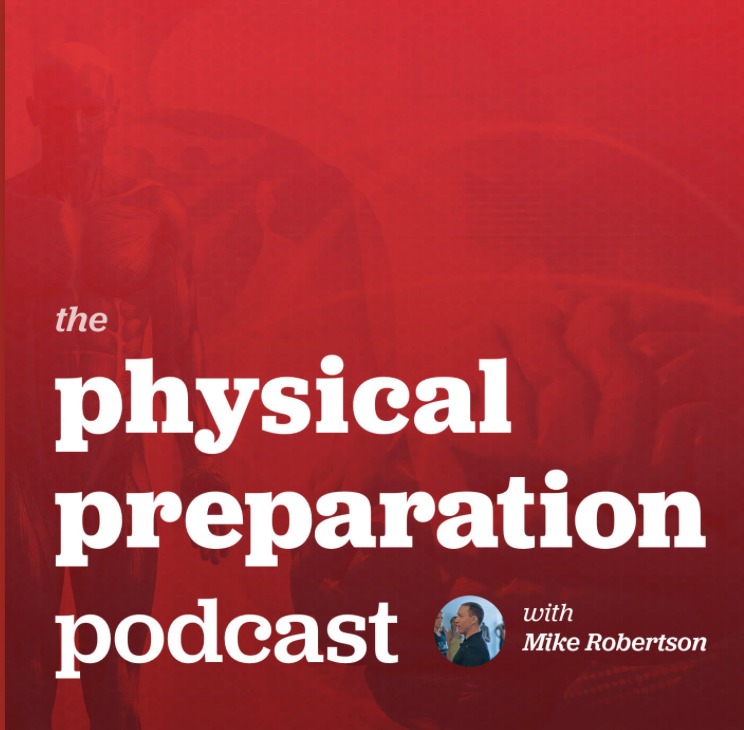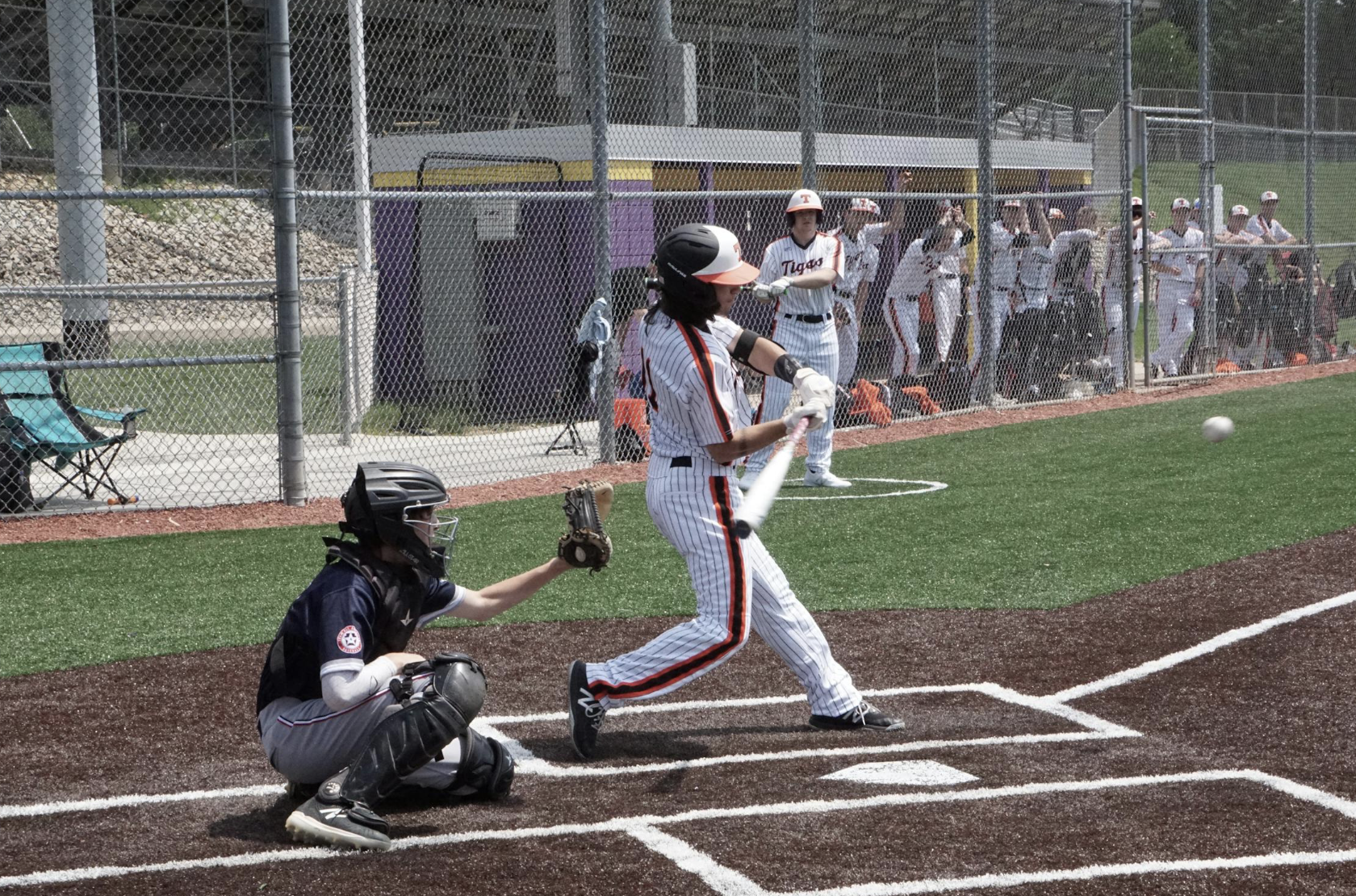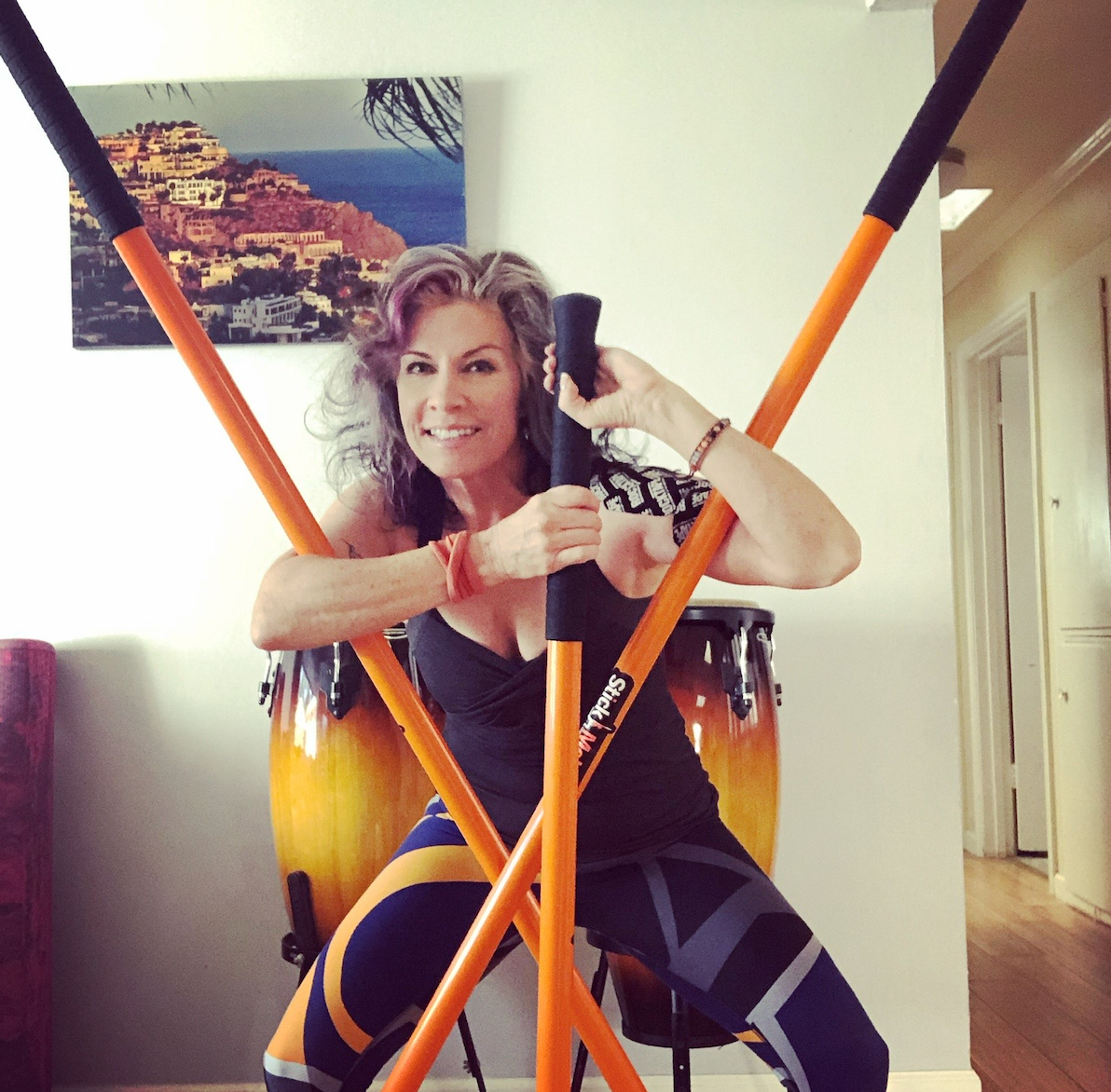Introduction
In today's fitness world, mobility and strength are no longer viewed as separate goals but as complementary aspects of overall physical health. Enter Stick Mobility—a unique training system designed to bridge the gap between these two vital components. Created by fitness experts Neal Valera and Dennis Dunphy, Stick Mobility leverages simple yet powerful tools to help individuals of all fitness levels improve their movement quality, build strength, and achieve better body awareness.
In this podcast synopsis, Mike Robertson, explores a recent conversation, where they delve into the core principles of Stick Mobility. From leveraging the power of isometrics and irradiation to enhancing stability and coordination, they explain how this system can be a game-changer for anyone looking to optimize their fitness routine. Whether you're a seasoned athlete or just beginning your fitness journey, Stick Mobility offers versatile solutions to help you move better, feel stronger, and achieve your goals.
The Physical Preparation Podcast - Q&A

Host, Mike Robertson:
Welcome to the Physical Preparation Podcast. Today, we have Neal Valera and Dennis Dunphy, the masterminds behind Stick Mobility. Neal and Dennis, thanks for joining us.
Neal: Thanks for having us.
Dennis: It’s a pleasure to be here.
Host, Mike Robertson: Let’s dive in. For those unfamiliar, can you explain what Stick Mobility is and how it came to be?
Dennis: Stick Mobility is a training system that combines mobility, strength, and stability to enhance overall movement. It all started when we were introduced to stick stretching by Dr. Arthur Faygenholtz, a chiropractor in Santa Cruz. Neal and I saw potential in using the sticks not just for stretching, but for strength training as well. We wanted to create something that would help people move better and get stronger at the same time.
Host, Mike Robertson: You mentioned strength and mobility going hand in hand. How does Stick Mobility incorporate both into training?
Neal: The key is in leveraging the Training Sticks to create tension and stability in movements. By applying force into the stick, you engage muscles more effectively, which helps improve strength. The principles of leverage and stability are crucial because they allow you to control your body better during movement, which naturally leads to enhanced mobility.
Host, Mike Robertson: Can you explain the principle of leverage and how it plays a role in Stick Mobility?
Dennis: Absolutely. Leverage is about using the sticks to create mechanical advantages in your body. For example, when you’re doing a lunge, you can press into the stick for additional stability, which helps you maintain proper form. This external support not only makes the movement safer but also allows you to focus on engaging the right muscles, leading to better strength and mobility outcomes.
Host, Mike Robertson: That makes sense. Stability seems like a big part of what you’re talking about. How do the sticks help with that?
Neal: Stability is fundamental to any movement. The sticks provide a tactile cue that helps your body understand where it is in space. By pressing into the stick, you create a stable environment that allows you to explore different ranges of motion safely. This stability also helps you build strength in those ranges because your muscles are fully engaged.
Host, Mike Robertson: I’ve heard you mention isometrics in the context of Stick Mobility. How do isometrics fit into this training system?
Dennis: Isometrics are a big part of what we do. By holding a position and applying force into the stick, you activate the muscles without changing their length. This is incredibly effective for building strength, especially in ranges where you might be weaker. The sticks allow you to generate maximum tension, which strengthens your muscles in those specific positions.
Host, Mike Robertson: And how does feedback play into all of this?
Neal: Feedback is crucial. The sticks provide immediate feedback to your body, letting you know if you’re aligned correctly or if you need to adjust. This helps improve body awareness and coordination, which are essential for moving efficiently. When you’re pressing into the stick, you can feel whether you’re stable or not, and that feedback loop helps you refine your movements in real-time.
Host, Mike Robertson: You’ve also talked about irradiation. Can you explain that concept?
Dennis: Irradiation is when the tension in one muscle group spreads to surrounding muscles. When you grip the stick tightly and press into it, you’re not just engaging your hands—you’re activating muscles throughout your entire body. This full-body engagement helps you generate more force and move more efficiently. It’s a way to amplify your strength in any given movement.
Host, Mike Robertson: Coordination seems like the glue that holds all these principles together. How does Stick Mobility enhance coordination?
Neal: Coordination is about synchronizing your body’s movements so they work together seamlessly. The sticks help by providing a physical connection that guides your body through the correct movement patterns. When you’re pressing into the stick and moving, your body has to coordinate multiple muscle groups to maintain stability and control. This practice enhances your overall movement quality, making you more efficient in everything you do.
Host, Mike Robertson: That’s fascinating. It seems like Stick Mobility isn’t just for high-level athletes but for anyone looking to improve their fitness. How can people of all fitness levels benefit from this?
Dennis: Exactly. Stick Mobility is designed to be scalable, so it works for beginners and advanced athletes alike. For someone just starting out, the sticks provide the support they need to perform exercises safely and effectively. For more experienced individuals, the sticks can help them push their limits by adding resistance and challenge to their movements. It’s all about meeting you where you are and helping you improve from there.
Host, Mike Robertson: What would you say to someone interested in incorporating Stick Mobility into their routine?
Neal: I’d say start with the basics. Learn how to use the Training Sticks to create stability and generate tension. As you get more comfortable, you can explore more advanced movements and integrate them into your existing training program. The beauty of Stick Mobility is that it’s versatile—you can use it as a warm-up, a stand-alone workout, or as part of your strength and conditioning routine.
Host, Mike Robertson: It sounds like a powerful tool for anyone looking to move better and get stronger. Any final thoughts?
Dennis: Just that we’re passionate about helping people improve their movement quality. Stick Mobility is a tool that can make a real difference in how you move and feel. Whether you’re an athlete or just looking to stay active, we believe it can help you reach your fitness goals.
Host, Mike Robertson: Thanks, Neal and Dennis, for sharing your insights. For our listeners, if you’re interested in improving your mobility and strength, definitely check out Stick Mobility.
Conclusion:
Stick Mobility is more than just a training tool—it's a comprehensive system that integrates mobility, strength, stability, leverage, and coordination to enhance overall movement quality. By applying the principles discussed by Neal and Dennis, individuals can unlock their physical potential and achieve their fitness goals. Whether you’re looking to improve athletic performance or simply move better in daily life, Stick Mobility provides a versatile and effective approach to training. Embrace the power of movement and start transforming your fitness journey today.
Listen to the full podcast HERE.
See HERE for more information on Stick Mobility.
You can see more of the physical preparation podcasts with Mike Robertson HERE.


